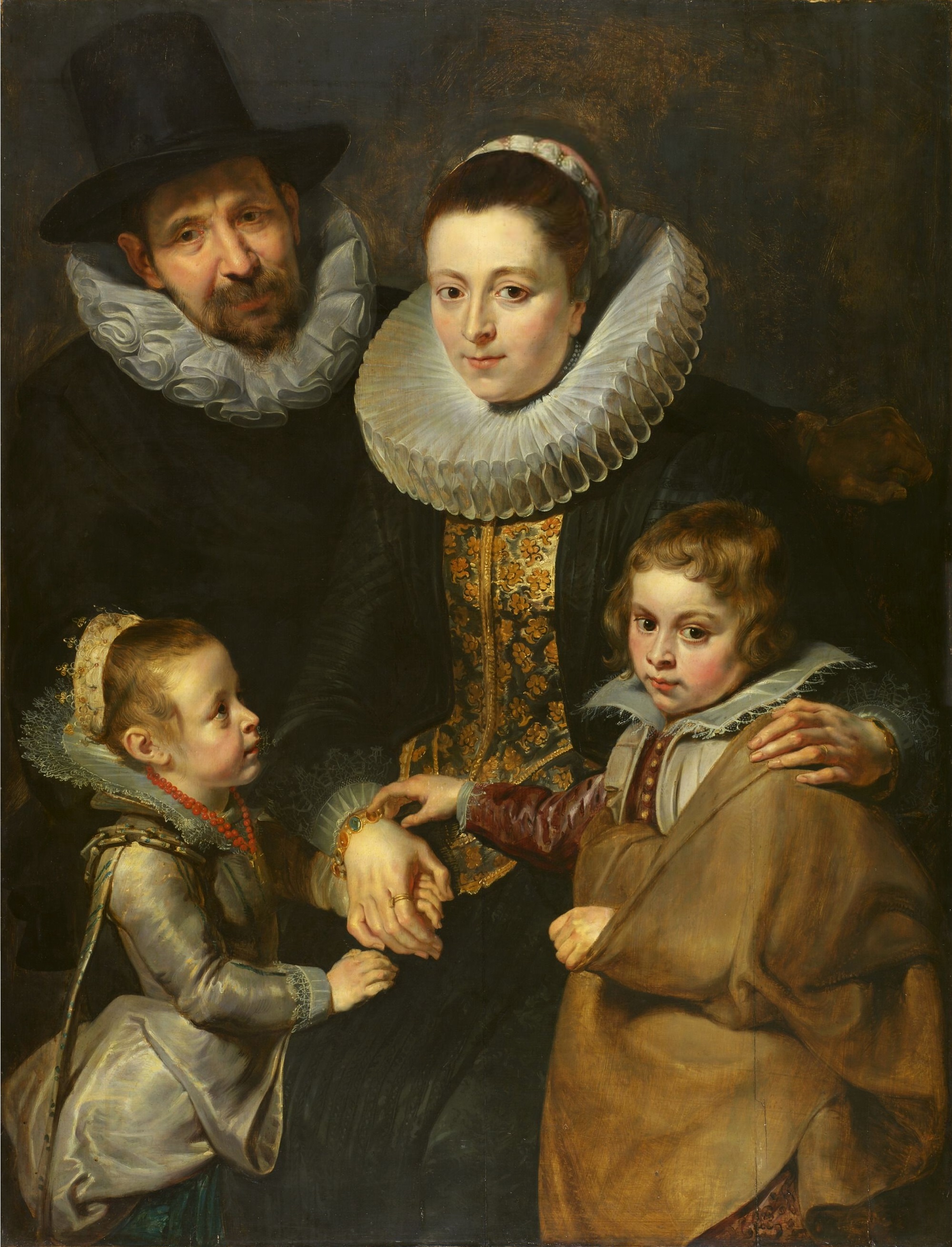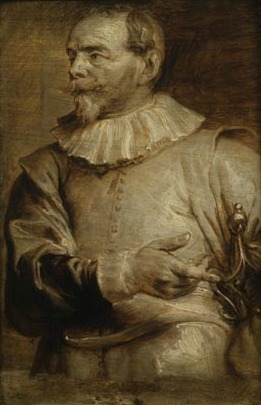|
Singerie
''Singerie'' is the name given to a visual arts genre depicting monkeys imitating human behavior, often fashionably attired, intended as a diverting sight, always with a gentle cast of mild satire. The term is derived from the French word for "Monkey Trick". Though it has a long history, the height of the genre was in the 18th century, in the Rococo. History The practise can be traced as far back as Ancient Egypt; Cyril Aldred detected a love of ''singerie'' that he found characteristic of the late Eighteenth Dynasty of Egypt; Throughout the medieval period in Europe, monkeys were seen "as a symbol of downgraded humanity", and were used to mimic man and his foibles, often appearing in the margins of illuminated manuscripts. Comical scenes with monkeys appearing in human attire and a human environment originated as a pictorial genre in Flemish painting in the 16th century and were further developed in the 17th century. The Flemish engraver Pieter van der Borcht introduced th ... [...More Info...] [...Related Items...] OR: [Wikipedia] [Google] [Baidu] |
David Teniers The Younger
David Teniers the Younger or David Teniers II (bapt. 15 December 1610 – 25 April 1690) was a Flemish Baroque painter, printmaker, draughtsman, miniaturist painter, staffage painter, copyist and art curator. He was an extremely versatile artist known for his prolific output.Teniers the Younger, David at the National Gallery of Art He was an innovator in a wide range of genres such as history painting, genre painting, , |
Jan Brueghel The Elder
Jan Brueghel (also Bruegel or Breughel) the Elder (, ; ; 1568 – 13 January 1625) was a Flemish painter and draughtsman. He was the son of the eminent Flemish Renaissance painter Pieter Bruegel the Elder. A close friend and frequent collaborator with Peter Paul Rubens, the two artists were the leading Flemish painters in the first three decades of the 17th century. Brueghel worked in many genres including history paintings, flower still lifes, allegorical and mythological scenes, landscapes and seascapes, hunting pieces, village scenes, battle scenes and scenes of hellfire and the underworld. He was an important innovator who invented new types of paintings such as flower garland paintings, paradise landscapes, and gallery paintings in the first quarter of the 17th century.Kolb, 2005, p. 1 He further created genre paintings that were imitations, pastiches and reworkings of his father's works, in particular his father's genre scenes and landscapes with peasants. Brueghel represen ... [...More Info...] [...Related Items...] OR: [Wikipedia] [Google] [Baidu] |
Abraham Teniers
Abraham Teniers (1 March 1629 – 26 September 1670) was a Flemish painter and engraver who specialized in genre paintings of villages, inns and monkey scenes. He was a member of artist family Teniers which came to prominence in the 17th century. He was also active as a publisher.Abraham Teniers at the Life  Abraham Teniers was born in Antwerp whe ...
Abraham Teniers was born in Antwerp whe ...
[...More Info...] [...Related Items...] OR: [Wikipedia] [Google] [Baidu] |
Nicolaes Van Verendael
Nicolaes van Verendael or Nicolaes van Veerendael (1640 in Antwerp – 1691 in Antwerp) was a Flemish Flemish (''Vlaams'') is a Low Franconian dialect cluster of the Dutch language. It is sometimes referred to as Flemish Dutch (), Belgian Dutch ( ), or Southern Dutch (). Flemish is native to Flanders, a historical region in northern Belgium; ... painter active in Antwerp who is mainly known for his flower paintings and vanitas still lifes. He was a frequent collaborator of other Antwerp artists to whose compositions he added the still life elements.Nicolaes van Verendael at the Netherlands Institute for Art History He also painted a number of singeries, i.e, scenes with monkeys dressed and acting as humans.Bert Schepers, ''Monkey Madness in Seventeenth-Century Antwerp'', in: The Rubenianum Quarterly, 2012 2, p. ... [...More Info...] [...Related Items...] OR: [Wikipedia] [Google] [Baidu] |
Jan Brueghel The Younger
Jan Brueghel (also Bruegel or Breughel) the Younger (, ; ; 13 September 1601 – 1 September 1678) was a Flemish Baroque painter. He was the son of Jan Brueghel the Elder, and grandson of Pieter Bruegel the Elder, both prominent painters who contributed respectively to the development of Renaissance and Baroque painting in the Habsburg Netherlands. Taking over his father's workshop at an early age, he largely painted the same subjects as his father in a style which was similar to that of his father.Jan Brueghel the Younger at the Getty Center He gradually was able to break away from his father's style by developing a broader, more painterly, and less structured manner of painting. [...More Info...] [...Related Items...] OR: [Wikipedia] [Google] [Baidu] |
Pieter Van Der Borcht The Elder
Pieter van der Borcht (I) or Peter van der Borcht (c. 1530–1608) was a Flemish Renaissance painter, draughtsman and etcher. He is regarded as one of the most gifted botanical painters of the 16th century.Thomas Gloning, Lydia Kaiser und Ans Schapendonk, ''Rembert Dodoens und sein Cruyde Boeck (1563)'' in: 'Rembert Dodoens, Cruyde Boeck, Antwerpen 1563', UB Marburg, Marburg, 2005, p. 1-73 Pieter van der Borcht the Elder also introduced new themes such as the 'monkey scene' (also called 'singerie') into Northern art. Life He was born in Mechelen. There are indications that Pieter van der Borcht was the son of Jacques van der Borcht. Jacques van der Borcht was an artist who was regarded in 1562 as the dean of the Mechelen Guild of Saint Luke.Pieter van der Borcht at Mechelen MAPT Pieter van der Borcht is recorded in 1564 as ... [...More Info...] [...Related Items...] OR: [Wikipedia] [Google] [Baidu] |
Frans Francken The Younger
Frans Francken the Younger (1581 in Antwerp, 1581 – 6 May 1642, in Antwerp) was a Flemish painter who created altarpieces and furniture panels and gained his reputation chiefly through his small and delicate cabinet pictures with historical, mythological or allegorical themes. He is the best-known and most prolific member of the large Francken family of artists.Frans Francken the Younger at the J. Paul Getty Museum Franckenplayed an important role in the development of Flemish art in the first half of the 17th century through his innovations in many genres including and his introduction of new subject matter. He was a frequent collabora ... [...More Info...] [...Related Items...] OR: [Wikipedia] [Google] [Baidu] |
Sebastiaen Vrancx
Sebastiaen Vrancx, Sebastiaan Vrancx or Sebastian Vranckx (; 22 January 1573 – 19 May 1647) was a Flemish Baroque painter, draughtsman and designer of prints who is mainly known for his battle scenes, a genre that he pioneered in Netherlandish painting. He also created landscapes with mythological and allegorical scenes, scenes with robbers, village scenes and celebrations in cities.Joost Vander Auwera. "Vrancx, Sebastiaen." Grove Art Online. Oxford Art Online. Oxford University Press. Web. 9 October 2016 He was a gifted figure painter who was regularly invited to paint the staffage in compositions of fellow painters. As an active member of a local chamber of rhetoric, he wrote comedies and a number of poems. He was further captain of the Antwerp civil militia (schutterij).Frans Jozef Peter Van den Branden, ''Geschiedenis der Antwerpsche schilderschool'', Antwerpen, 1883, p. 469-474 Life Sebastiaen Vrancx was baptized on 22 January 1573 in the St James Church in Antwerp. H ... [...More Info...] [...Related Items...] OR: [Wikipedia] [Google] [Baidu] |
Chelsea Porcelain
Chelsea porcelain is the porcelain made by the Chelsea porcelain manufactory, the first important porcelain manufactory in England, established around 1743–45, and operating independently until 1770, when it was merged with Derby porcelain. It made soft-paste porcelain throughout its history, though there were several changes in the "body" material and glaze used. Its wares were aimed at a luxury market, and its site in Chelsea, London, was close to the fashionable Ranelagh Gardens pleasure ground, opened in 1742. The first known wares are the "goat and bee" cream jugs with seated goats at the base, some examples of which are incised with "Chelsea", "1745" and a triangle. The entrepreneurial director, at least from 1750, was Nicholas Sprimont, a Huguenot silversmith in Soho, but few private documents survive to aid a picture of the factory's history. Early tablewares, being produced in profusion by 1750, depend on Meissen porcelain models and on silverware prototypes, such ... [...More Info...] [...Related Items...] OR: [Wikipedia] [Google] [Baidu] |
Meissen Porcelain
Meissen porcelain or Meissen china was the first European hard-paste porcelain. Early experiments were done in 1708 by Ehrenfried Walther von Tschirnhaus. After his death that October, Johann Friedrich Böttger continued von Tschirnhaus's work and brought this type of porcelain to the market, financed by King Augustus II of Poland, Augustus the Strong, King of Poland and Elector of Saxony. The production of porcelain in the royal factory at Meissen, near Dresden, started in 1710 and attracted artists and artisans to establish, arguably, the most famous porcelain manufacturer known throughout the world. Its signature logo, the crossed swords, was introduced in 1720 to protect its production; the mark of the swords is reportedly one of the oldest trademarks in existence. ''Dresden porcelain'' (or "china") was once the usual term for these wares, until in 1975 the (Higher Munich State Court) decided in favour of the Saxon Porcelain Manufactory Dresden, which alone was then allowed ... [...More Info...] [...Related Items...] OR: [Wikipedia] [Google] [Baidu] |
André Charles Boulle
André-Charles Boulle (11 November 164229 February 1732), ''le joailler du meuble'' (the "furniture jeweller"), became the most famous French cabinetmaker and the preeminent artist in the field of marquetry, also known as "inlay". Boulle was "the most remarkable of all French cabinetmakers". Jean-Baptiste Colbert (29 August 1619 – 6 September 1683) recommended him to Louis XIV of France, the "Sun King" (), as "the most skilled craftsman in his profession". Over the centuries since his death, his name and that of his family has become associated with the art he perfected, the inlay of tortoiseshell, brass and pewter into ebony. It has become known as '' Boulle Work'', and the École Boulle (founded in 1886), a college of fine arts and crafts and applied arts in Paris, continues today to bear testimony to his enduring art, the art of inlay. Life in 1677, on his marriage certificate, André-Charles Boulle gave his birth date, for posterity, as being 11 November 1642. No other d ... [...More Info...] [...Related Items...] OR: [Wikipedia] [Google] [Baidu] |
Jean-Antoine Watteau
Jean-Antoine Watteau (, , ; baptised October 10, 1684died July 18, 1721) Alsavailablevia Oxford Art Online (subscription needed). was a French painter and draughtsman whose brief career spurred the revival of interest in colour and movement, as seen in the tradition of Correggio and Rubens. He revitalized the waning Baroque style, shifting it to the less severe, more naturalistic, less formally classical, Rococo. Watteau is credited with inventing the genre of '' fêtes galantes'', scenes of bucolic and idyllic charm, suffused with a theatrical air. Some of his best known subjects were drawn from the world of Italian comedy and ballet. Early life and training Jean-Antoine Watteau was born in October 1684 in Valenciennes, once an important town in the County of Hainaut which became sequently part of the Burgundian and Habsburg Netherlands until its secession to France following the Franco-Dutch War. He was the second of four sons born to Jean-Philippe Watteau (1660–1720) and M ... [...More Info...] [...Related Items...] OR: [Wikipedia] [Google] [Baidu] |





_-_Peasant_Fair.jpg)
.jpg)

.jpg)


